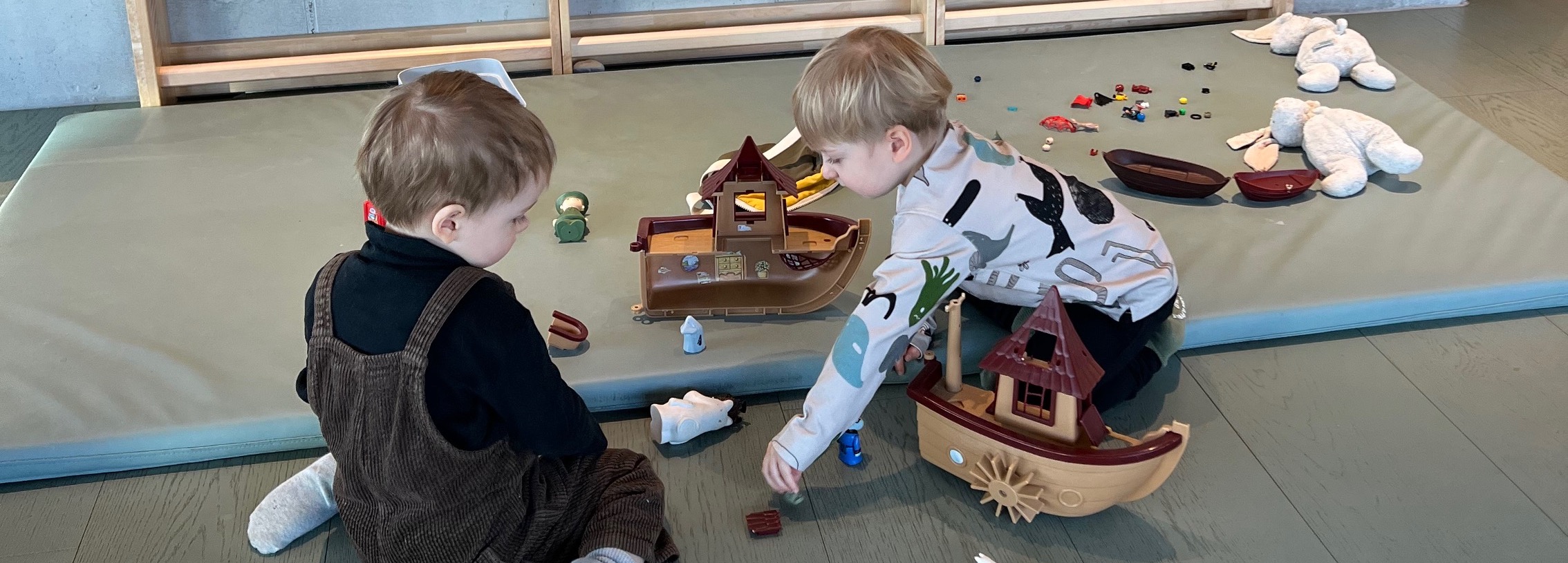New year and new ideas! The year 2024 is still in the beginning, so it is nice to think that all the windows are open and the possibilities of creating awesome learning experiences for children are almost limitless!
How to plan fun, engaging and crazy good events for children throughout the year? → Take your calendar and set the dates early enough.
.png)
When thinking of activities and events for the coming year, it would be nice if every member of staff had something to look forward to. A good system is to brainstorm together with your team and think of what everyone would like to include for the coming term.
It would be great if everyone said their ideas out loud, this way every staff member gets a chance to participate equally and bring out their interests and strengths.
Maybe one teacher loves spa days and would like to organize a relaxation moment for children with face masks and peaceful music. Another teacher's passion might be puppet theatre and she wants to organize a puppet show for children on Valentine's Day! Whatever the teacher's passion, it can surely be adjusted and added to your preschool's yearly calendar!
The main point in planning should always be the children; their needs, wishes and strengths - but sometimes also teachers can get creative in the area they are most familiar with.
Kindiedays Lesson Plans support all learning areas!
It is also nice to ask for ideas from the families! Ask what would they like to see you working on during 2024. Perhaps they would be eager to join a theme week of professions? Some parents could prepare a short presentation and tell about their work for the children. Some important learning themes or places to visit might come up too.
- Find out children's wishes
And of course, also children's wishes need to be included! Organize for example a "children's meeting" where you go through the agenda for 2024 and write down ideas that come from children.
Or have a crafting session so that every group makes their "dream board" full of activities and things they would love to have in their preschool/kindergarten.
Perhaps children would love to have a pyjama day? Or go to see a concert? Disco party? Toy day? Children surely are full of ideas once they get to share them.
Assess past term and point out which learning areas need more effort this term. For example; if the past term was more about art, imagination and creative processes, now emphasize science, logical thinking and natural phenomenons. The main thing is that children get diverse learning experiences from multiple angles, from all the learning areas and that they have an interest in the topics you go through.
Also, take a look at every child's individual learning plan and make a list of what there is to explore, learn and practise next!
Literacy & Numeracy program
- Mark down yearly celebrations
Every season brings also yearly celebrations along, which can be included in your preschool's calendar. Depending on traditions, seasons, and cultures, the traditions may vary between schools a lot. It is a smart idea to combine celebrations from different cultures into your preschool's calendar so that children learn about diversity.
There are also all sorts of funny celebrations that you can include in your preschool activities, depending on the children's interests.
Here are some examples of celebrations in 2024:
January
- International Day of Education (24.1.)
- National Lego Day (28.1.)
- National Puzzle Day (29.1.)
February
March
April
May
June
.png)
.png)


.png)
.png)